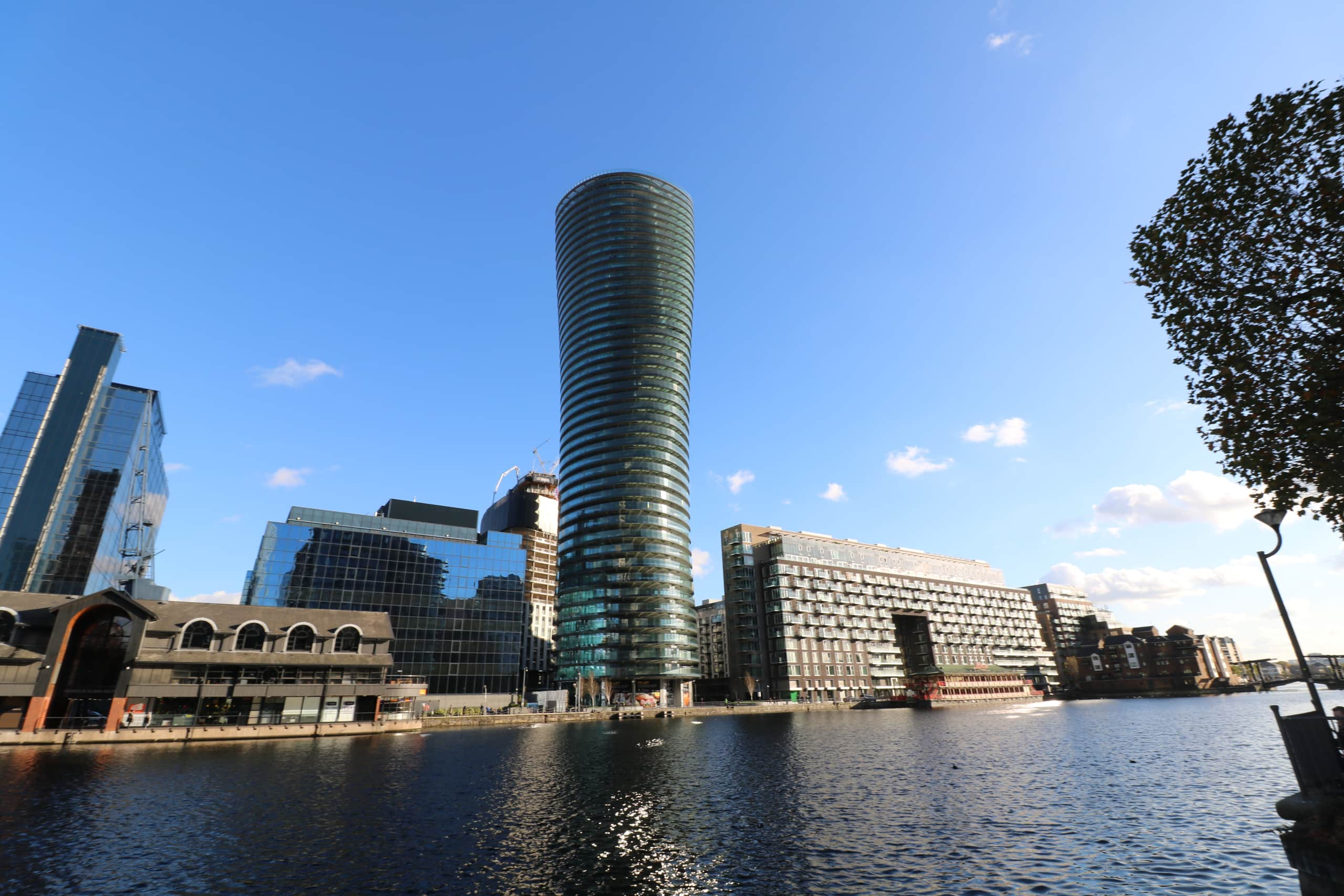Carbon in Construction: Ask the Expert
Sustainability and climate change continue to be key topics within the construction industry globally. The UK Government has set out to achieve an 80% reduction in greenhouse emissions by 2050. It is estimated that 25% of carbon emissions come from homes and a further 17% from non-domestic buildings, so the government have set out to improve energy efficiency in every household.
Nick Haughton discusses how the construction industry can meet this challenge head-on.
What are the main sources of carbon emissions in residential construction?
The main source of carbon emissions depends on whether you’re looking at the project during construction or after occupancy. During construction the main source of carbon is in the embodied carbon which includes the materials used as well as shipping and hidden the carbon emissions in things like staff travel to site.
However, carbon emissions during occupancy make up the majority of a building’s emissions. This is due to heat loss primarily through penetrations in the façade. The only way to reduce this is to limit the number of penetrations at the design and construction stages. One way to do that is to specify lightweight aluminium balconies which require fewer penetrations than traditional methods.
What practical steps can the industry take to reduce carbon emissions?
The best and simplest way the industry can reduce carbon emissions is by limiting the number of penetrations in the façade. By doing this not only is occupational heat loss significantly reduced, but the amount of material used per balcony is also kept to a minimum. The more anchors that are designed out of a building’s façade the less steel is used which reduces carbon produced during manufacturing and shipping.
Designing out complexity within the façade not only makes works on site easier but also cuts down on waste and associated carbon. Opting for lightweight balconies means fewer penetrations and less complexity in the façade and less stress in the concrete slab.
What role do the supply chain play in supporting developers to meet their sustainability aims?
The supply chain should focus on how they can reduce carbon from their products and operations. This way they can bring the most value to their clients and only they can act to limit their carbon emissions.
There is often a disconnect between the sustainability champions within a company and the buyers. Sustainability champions often prioritise solutions which reduce embodied carbon as this is a more holistic approach with a larger impact on tackling climate change. However, buyers often look for products manufactured with recycled material which, while helpful, has a limited impact on the wider aim.
The supply chain should work to reduce their carbon emissions and educate buyers on why this is the best approach.
What role do carbon credits play in meeting this challenge? Can construction simply offset carbon emissions with credits?
Carbon credits have a role to play in construction but reducing the carbon emissions should be the priority. Planting trees faster than they’re being destroyed doesn’t mean you have a better forest, it is key to address the root problem and then offset.
There are many needs at play in a building, from fire safety to resident wellbeing, which means there will always be some embodied carbon involved in construction. Once the embodied carbon is kept to a minimum any remaining can be offset with credits. Credits should not be seen as a shortcut to carbon neutral.
How can we approach this challenge in the future to reduce carbon emissions in construction long term?
A key way to approach this challenge is to make early engagement with the supply chain a part of any building design as a facilitator for the aims discussed above. This way architects and developers can benefit from the insights of product experts and work together to avoid waste and errors in the design and reduce complexity.
The industry should also make use of the digital tools available to predict the environmental impact of a building at the design stage. For example, at Sapphire we have software which enables us to predict the heat loss per year of a balcony design, allowing clients to adjust designs as needed with this insight.
